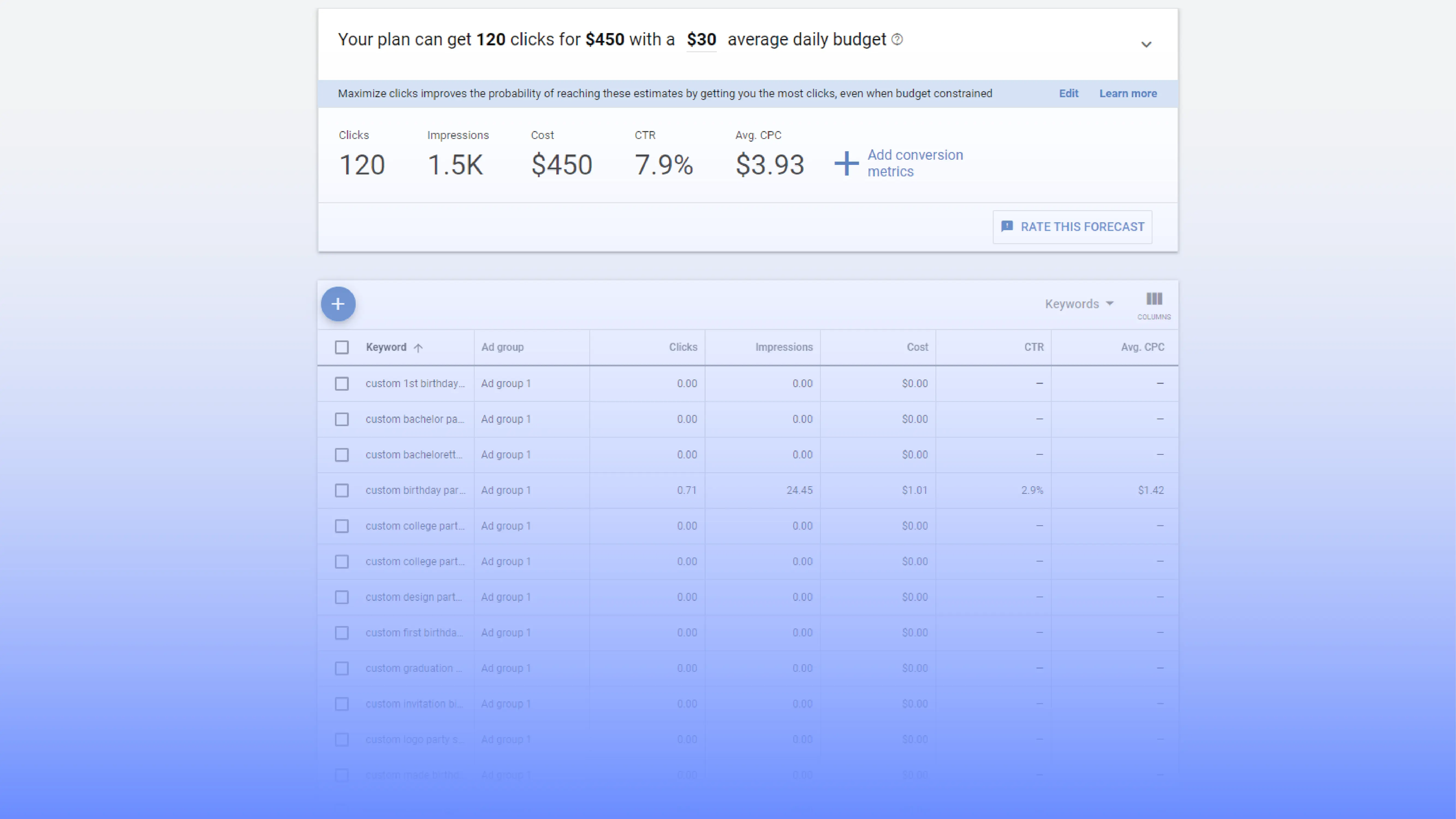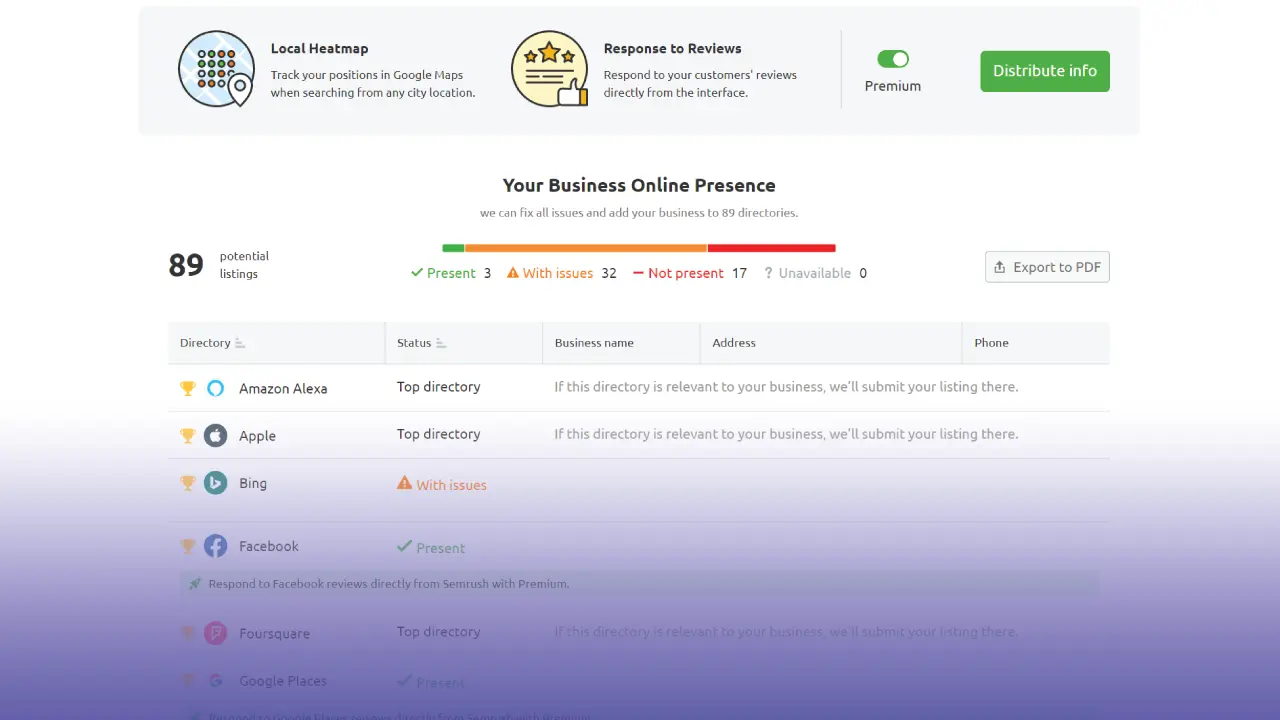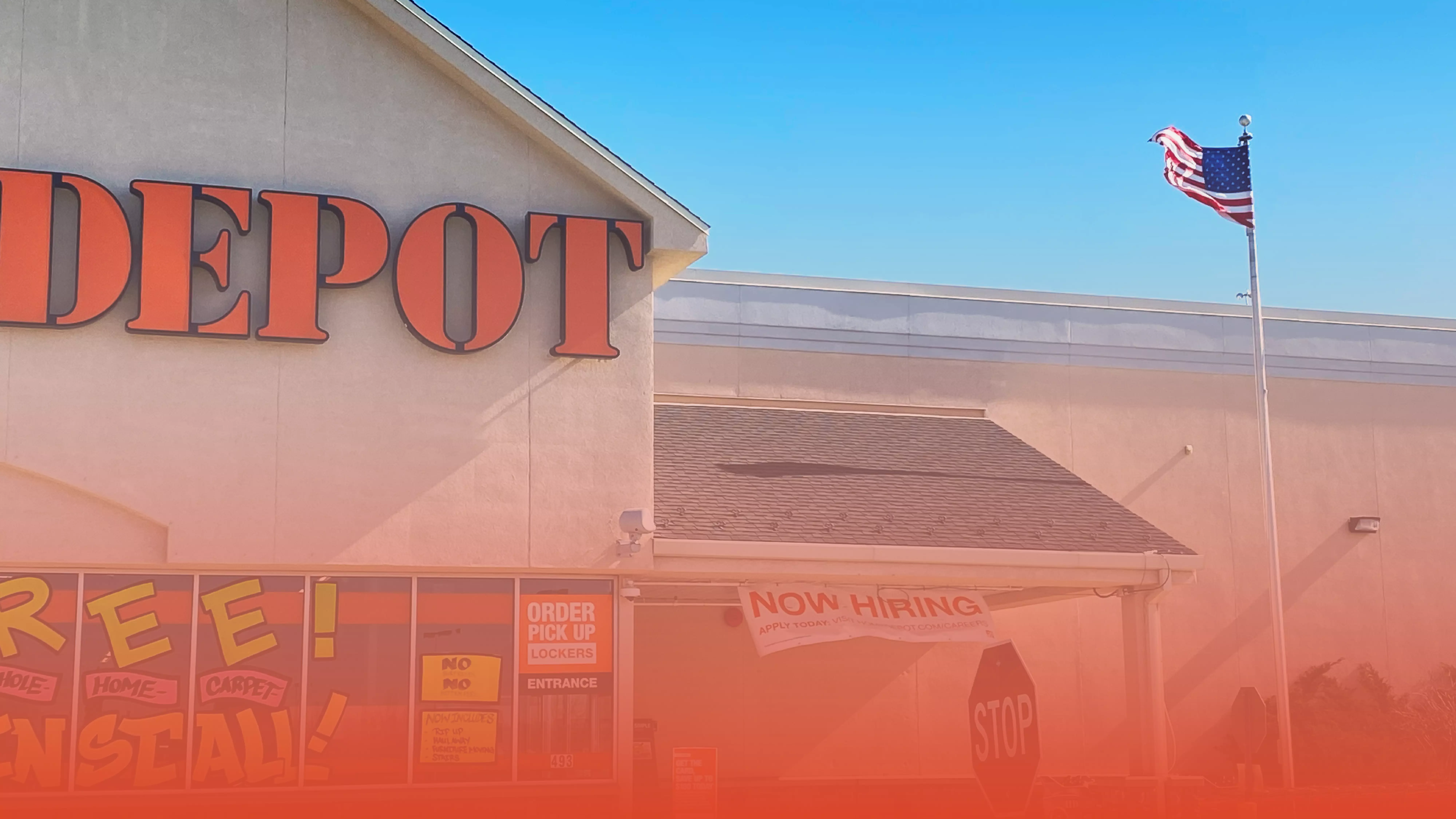Socializing my PPC strategy among teams

SEM Best Practices
by Nick Krause
My key to success: leveraging my experience in dealing with hundreds of unique PPC accounts across just about every industry imaginable and distilling my learnings into easy-to-digest scopes of actions.
Above all, I find it very important that my techniques, best practices, and overall philosophy find their way to every member of my team’s way of thinking.
Below you'll find some of my best practices that can help take PPC accounts to the next level.
Knowing the Client
You want to convey that you are acting as a business partner with their best interests in mind. All the specifics of what tech you are using are all a means to an end that is backed up by your agreed upon KPIs and how to best get there.
Get to know the client’s needs. Openly discuss client KPIs and metrics for success. Pain points, past agency work done on account, etc.
I always like to start the conversation with “what are your ideas of success for running search campaigns?” as a jumping off point.
Ensure clients that needs will be met and that there is solid strategy and consistency of business logic throughout the course of their program.
It goes something like this:
- We study your business and the general landscape of your industry
- We identify the proper goals so we can custom tailor a PPC solution to best help you grow
- We take what we learned and develop a PPC strategy plan to present
- We execute on your custom PPC plan
- We tirelessly maintain and optimize your custom PPC plan over time
Set-up & Analytics
I like to conduct keyword research via keyword planner and SEMrush, although I can use most any tools for the job, like SpyFu. Metrics when looking for good keywords, are realistic Cost-per-click costs, healthy volumes, and encouraging click-through rates. I then find similar competitors in the space, evaluate their PPC habits, when in the year they see success, what terms work for them, and their messaging. I like to run a keyword gap report and share results with the SEO team.
PPC and SEO efforts are not to be done in siloed environments. Yes, they can have their differences in objectives but as far as the SERP page is concerned, you’ll want to have a separate keyword plan for SEO and PPC and only have them overlap when necessary.
When it comes to analytics, double check what is in the account. Never assume what may already be there is working. When starting a new program, the SEM team is responsible for every aspect, including measurement. Client’s don’t want to hear “we don’t know how many request a demo conversions you got, we assumed the analytics were working already”.
Validate and or implement contact forms, purchases, phone calls, etc, as potential conversion actions. Group them up in relevant conversion groups. Add some new goals if needed.
Soft engagement goals are great for early stages of new campaigns. Goals like time spent on page and pages viewed on website.
These can be used when first switching to an automated bidding strategy like maximize conversions. This gives Google some conversion data to work around with the algorithm until you have more conversion data from more desirable KPIs, like demo requests, add to carts, learn more requests, etc.
SEM Campaign Structure
- Branded
- Competition
- Products / Services
- High Performing Exacts
- Display Retargeting
- One offs/Experiments (trade shows, content support, trying out a new vertical, etc).
Maintenance / Evolution
The following are some highlights that I like for my SEM teams to be aware of when working with an account week in and week out.
My team knows that any bid adjustments (keyword specific, regional, device, demographic) greater than +/-15% should be explained in terms of how it supports business objectives.
The best performing keywords are usually moved at the ad group level to the high performing campaign. I typically define high performing as having the best Cost-per-acquisition. The goal here is to try to maximize the impression share for their best keywords.
Conversation with clients on status calls then becomes very easy. It usually goes something like “Here are your best performing keywords. We allocated them the highest amount of budget we can and your total share of impressions is 80%. In order to get to 100%, would you like to allocate budget from other campaigns or would you rather increase your overall ad spend?”
A/B test ad copy - Tweaking ad copy is a good idea because it provides constant talking points in terms of account maintenance. Working to find the right headlines/CTA combos over time shows the client that you didn’t “set it and forget it”. This is also a great way to keep them engaged by asking for input like “what Call-to-actions do you think resonate most with your customer base?”
Dynamic landing pages - If we come to the conclusion that a newly created landing page (or set of landing pages) is best for the search campaigns, I like to add dynamic code via URL? Parameters that automatically change the headline of the page to either match the user’s search query or the given ad group’s top keywords. This can allow for a better and more tailored user experience and it also allows for a higher ad rank score, which decreases CPC costs, by allowing Google to see that the landing page for the ads directly relate to the user’s query. They are willing to rank you higher on the SERP for less of a CPC premium when this is the case.
Download all campaigns in Google Ads Editor. Download list of keywords and store for later reference. There will most likely be a time down the line when you are working with a client that provides a similar service and may want to reference what keywords worked for you in the past.
Tags
Article
2021-11-11
Article
2021-03-04
Success Story
2020-11-02
Success Story
0001-01-01
SEM Best Practices
Socializing my PPC strategy

How To Transition SEO To A New Website
Apply a SEO Mindset to Web Development

SEO Due Dillegence, Directory Listings, and Designer Shoes
SEO Due Dillegence

Bora Tool & Securing A Retail Bulk Buy
Digital Marketing to secure in-store sales